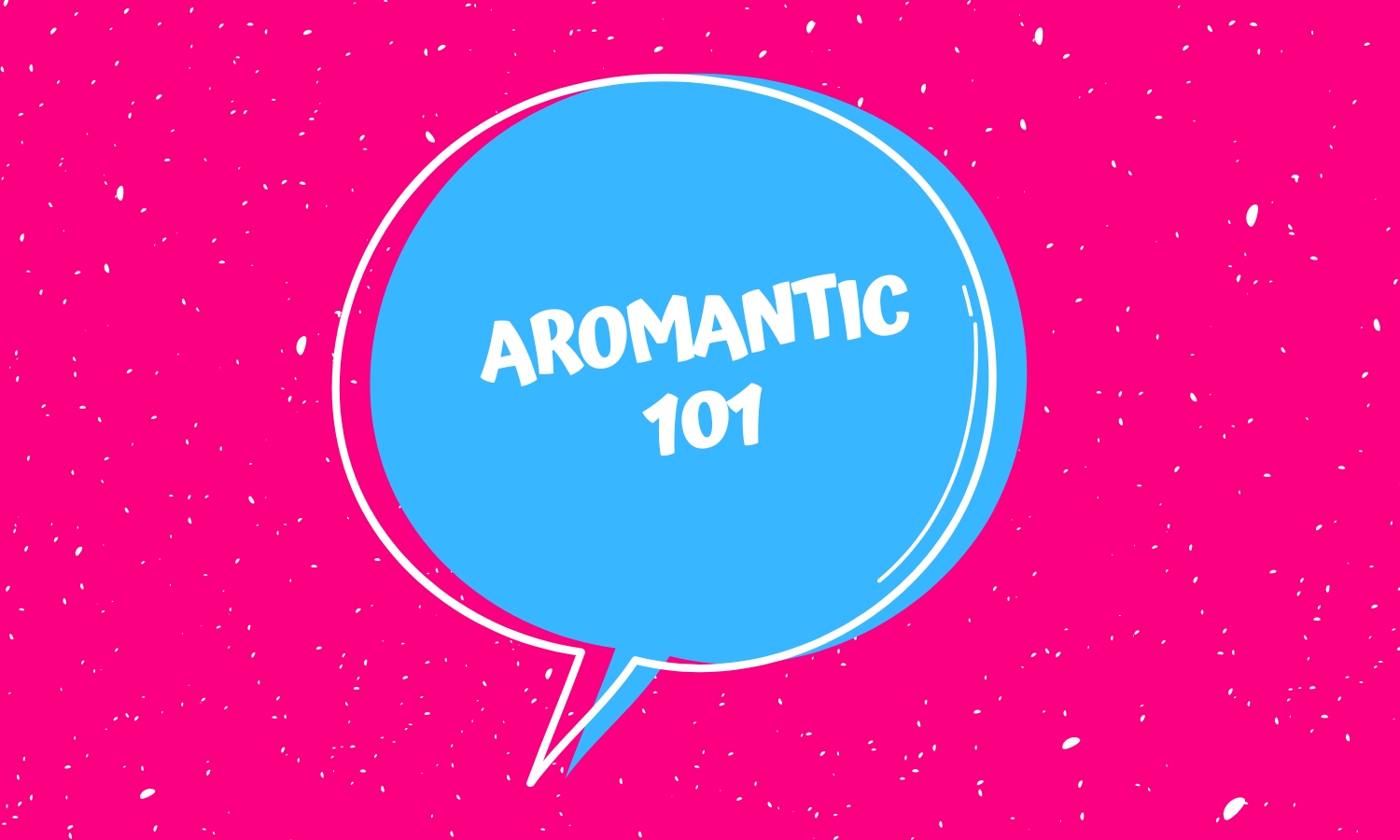What does it mean to be Aromantic?
Table of Contents
Aromantic is an identity on the aromantic spectrum, which describes a person who does not experience romantic attraction or has a significantly reduced or different experience of romantic attraction compared to what is considered “typical.”
People who identify in this way may still experience other types of attraction, such as sexual, aesthetic, or platonic. However, they may not feel the desire for or have the capacity to experience romantic relationships.
It’s important to note that aromanticism is a valid identity, and there is nothing wrong with not experiencing romantic attraction. It is a normal variation in human experience and should be respected and accepted like any other identity.
Are aromantic people the same as asexual people?
No, aromantic and asexual are not the same identities, but they can overlap in some people. Aromantic refers to a lack or reduced experience of romantic attraction, while asexual refers to a lack or reduced experience of sexual attraction.
An aromantic person may experience sexual attraction, and therefore, be asexual or not, while an asexual person may experience romantic attraction and therefore, not be aromantic. Some people may identify as both aromantic and asexual, meaning they do not experience sexual or romantic attraction.
It’s essential to recognize that a person’s romantic and sexual orientations are separate aspects of their identity, and it’s possible to experience one without the other. Aromantic and asexual individuals may still form meaningful connections and relationships with others based on shared interests, emotional connections, or platonic attraction.
Can gay and bisexual people be aromantic?
Yes, gay and bisexual people can be aromantic. Aromanticism is a separate aspect of a person’s identity from their sexual orientation. A gay person is someone who is primarily or exclusively attracted to people of the same gender, while an aromantic person is someone who does not experience romantic attraction or has a significantly reduced or different experience of romantic attraction.
Can transgender people be aromantic?
Yes, transgender people can be aromantic. Aromanticism is a separate aspect of a person’s identity from their gender identity. Transgender is an identity that describes a person whose gender identity does not align with the sex they were assigned at birth.
Aromanticism, on the other hand, describes a person who does not experience romantic attraction or has a significantly reduced or different experience of romantic attraction. It is possible for a transgender person to identify as aromantic, meaning they do not experience romantic attraction.
Is there an Aromantic flag?

Yes, there is an Aromantic flag. The Aromantic flag was created by the Aromantic Spectrum Union in 2014 and features four stripes. The colors represent different aspects of the aromantic identity, including:
- Dark green: represents the aromantic community as a whole.
- Light green: represents the aromantic spectrum, which includes people who identify as gray-romantic, demiromantic, or any other identity on the spectrum.
- White: represents the concept of platonic love and relationships, which are important to many aromantic people.
- Black: represents the lack of romantic attraction that is a defining characteristic of aromanticism.
The Aromantic flag is a symbol of pride and identity for those who identify as aromantic or on the aromantic spectrum.
When is Aromantic Awareness week?
Aromantic Awareness Week is typically observed annually from February 21st to February 27th. It is a week dedicated to raising awareness and promoting education about aromanticism and the experiences of aromantic individuals. Aromantic Awareness Week provides an opportunity for aromantic individuals and their allies to share their stories, educate others about aromanticism, and advocate for greater acceptance and understanding of the aromantic community.
How many people identify as Aromantic?
It’s difficult to determine the exact number of people who identify in this way, as sexual and romantic orientations can be complex and multifaceted. Additionally, as aromanticism is a relatively new concept, many people may not be familiar with the term.
However, there is a growing awareness and acceptance of aromanticism, and more people are identifying as aromantic or on the aromantic spectrum. According to a survey conducted by the Asexual Visibility and Education Network (AVEN) in 2014, about 23% of the asexual respondents also identified as aromantic.
It’s important to note that not all aromantic individuals may identify as such, and some may use different terms to describe their experiences. As awareness and understanding of aromanticism continue to grow, we may gain a better understanding.
-
Product on sale
 The Ace and Aro Relationship Guide : Making It Work in Friendship, Love, and Sex (Paperback) + with free giftOriginal price was: £12.99.£12.19Current price is: £12.19.
The Ace and Aro Relationship Guide : Making It Work in Friendship, Love, and Sex (Paperback) + with free giftOriginal price was: £12.99.£12.19Current price is: £12.19. -
 Aromantic Rectangle Flag Pin Badge£4.25
Aromantic Rectangle Flag Pin Badge£4.25 -
 Aromantic Rectangle Flag Pop Pin Badge£4.25
Aromantic Rectangle Flag Pop Pin Badge£4.25 -
 Merry Catmas Christmas Ornament for Cat Lovers – Aromantic£3.99
Merry Catmas Christmas Ornament for Cat Lovers – Aromantic£3.99 -
Product on sale
 Aromantic Pride Flag Greeting Card RectangleOriginal price was: £3.50.£2.99Current price is: £2.99.
Aromantic Pride Flag Greeting Card RectangleOriginal price was: £3.50.£2.99Current price is: £2.99. -
Product on sale
 Aromantic Pride Flag #PROUD Greeting Card RectangleOriginal price was: £3.50.£2.99Current price is: £2.99.
Aromantic Pride Flag #PROUD Greeting Card RectangleOriginal price was: £3.50.£2.99Current price is: £2.99. -
 Full Aromantic Ring£7.99
Full Aromantic Ring£7.99 -
 Aromantic Pride Flower In A Tin£12.99
Aromantic Pride Flower In A Tin£12.99 -
 Aromantic Pride Lanyard Wide£2.99
Aromantic Pride Lanyard Wide£2.99




